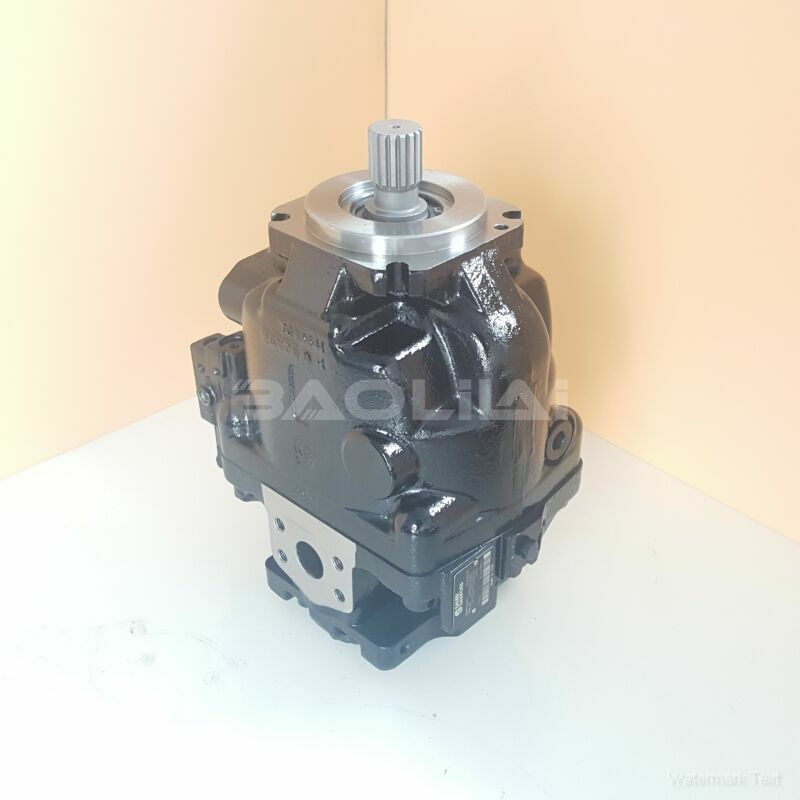ERL100BLS2520NNN3S1RPA1NNNNNNNNNN piston pump
ERL100BLS2520NNN3S1RPA1NNNNNNNNNN piston pump

- Product Details
- Applicable Scene
Hydraulic systems play a crucial role in the operation of large equipment, from construction machinery to manufacturing tools. The hydraulic pump is a key component in these systems, and its failure can lead to significant downtime, costly repairs, and potential safety hazards. Preventing hydraulic pump failures requires attention to several critical factors, including routine maintenance, proper system design, and operator training.
ER-L-100B-LS-25-20-NN-N-3-S1RP-A1N-NNN-NNN-NNN
ERL100BLS2520NNN3S1RPA1NNNNNNNNNN
One of the primary ways to prevent hydraulic pump failures is through regular maintenance. Scheduled inspections can help identify potential issues before they lead to pump failure. This includes checking fluid levels, inspecting seals and fittings, and ensuring that the hydraulic fluid is clean and free of contaminants. Contaminated fluid can cause excessive wear on pump components, leading to premature failure. Additionally, it’s essential to replace filters according to the manufacturer’s recommendations to ensure optimal performance.

83051035
Proper system design is another vital factor in preventing pump failures. Ensuring the hydraulic system is designed to handle the expected load and pressure levels can prevent excessive stress on the pump. Oversizing or undersizing components can lead to inefficiencies and increased wear. It’s essential to consult with hydraulic engineers during the design phase to optimize the system for both performance and longevity. Moreover, incorporating features such as pressure relief valves can protect the hydraulic pump from excessive pressure spikes, which can cause catastrophic failures.
Operator training is also critical in maintaining the health of hydraulic pumps. Operators should be educated on the importance of monitoring hydraulic systems for unusual noises, vibrations, or leaks, which can indicate potential problems. Training should also cover the proper use of equipment, ensuring that operators do not exceed recommended load limits or exploit hydraulic systems in ways that may cause damage. Understanding the operational limits of the equipment can significantly reduce the risks of pump failure.





